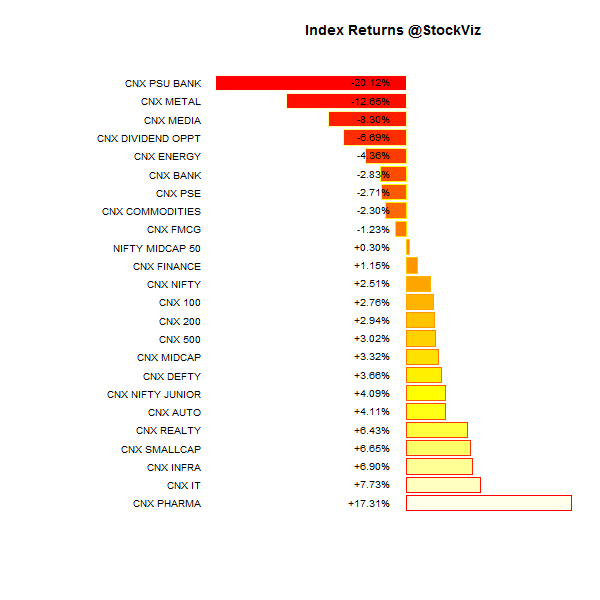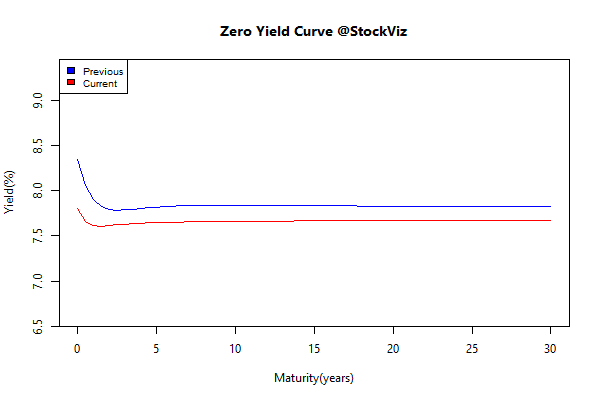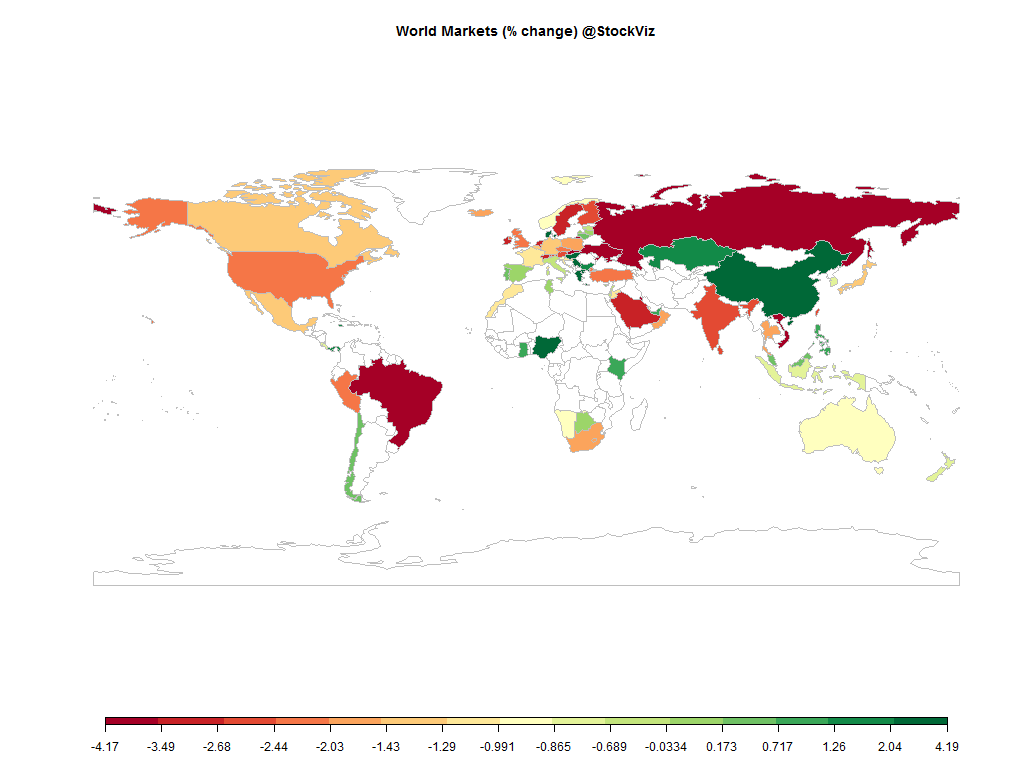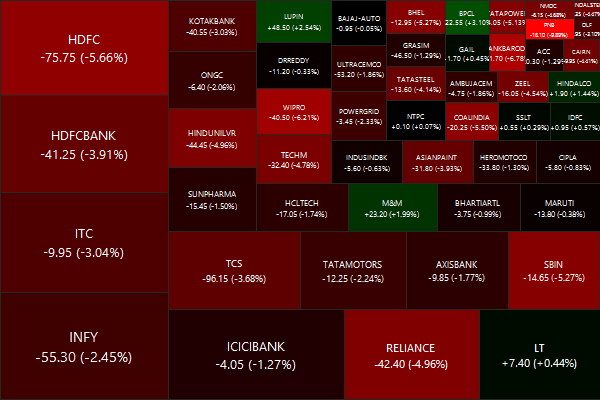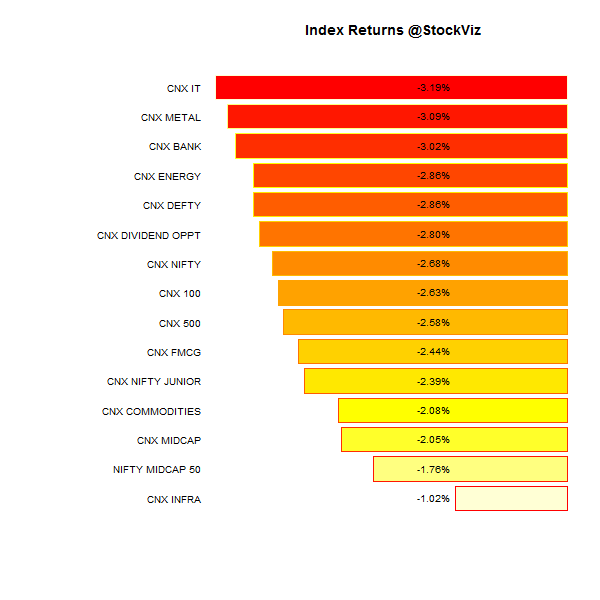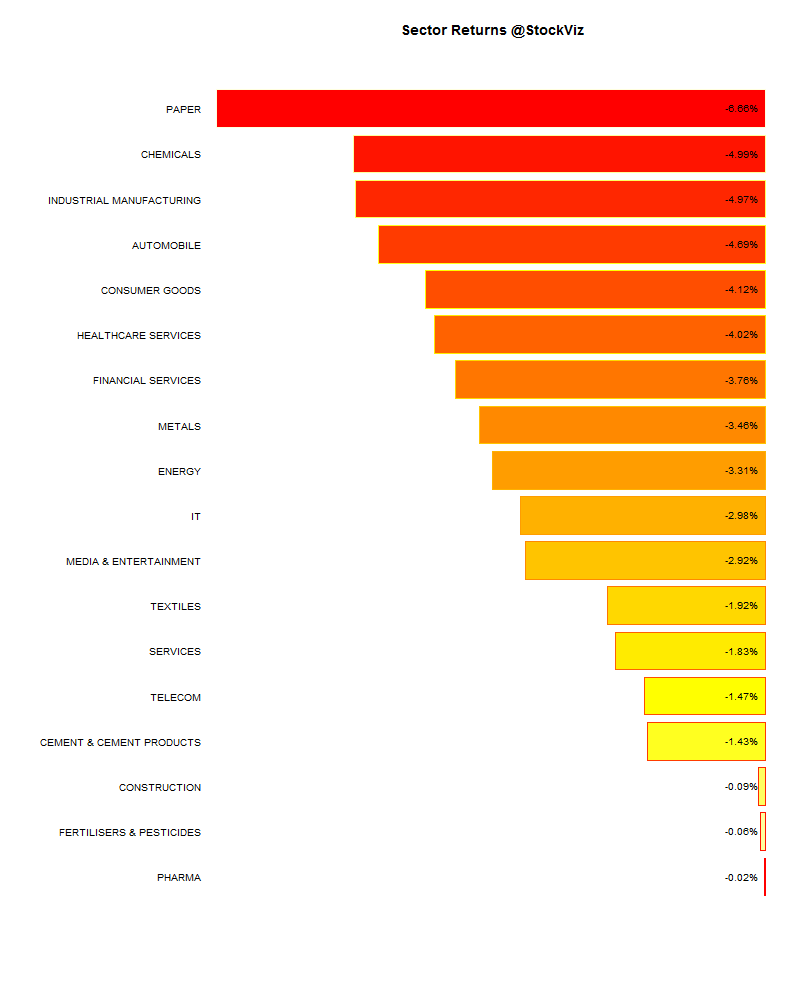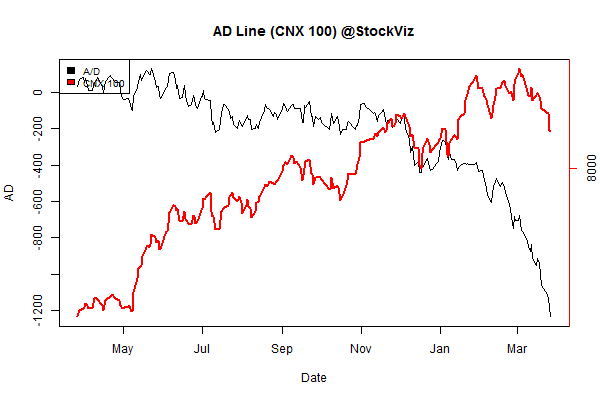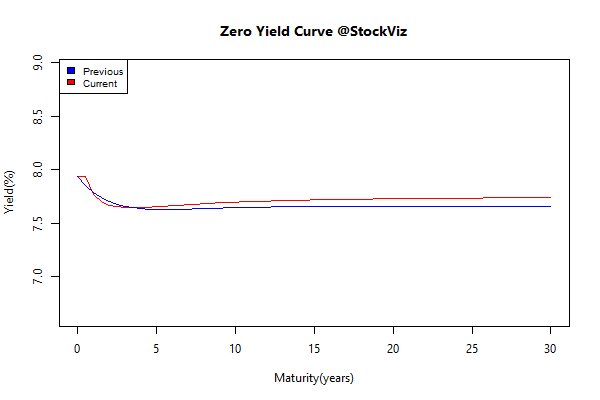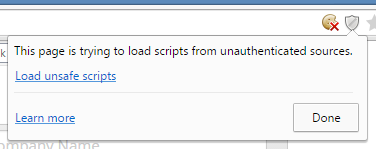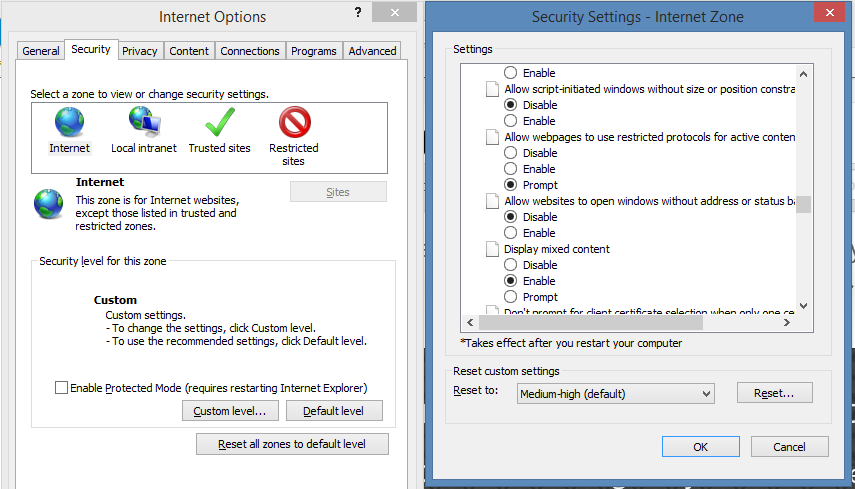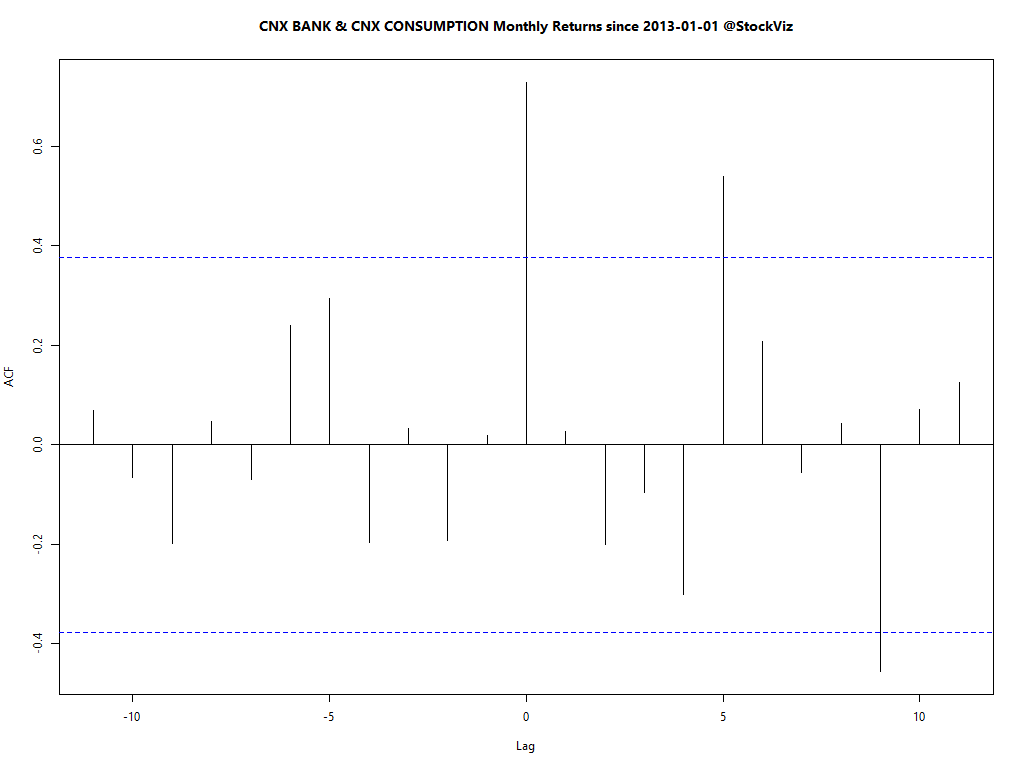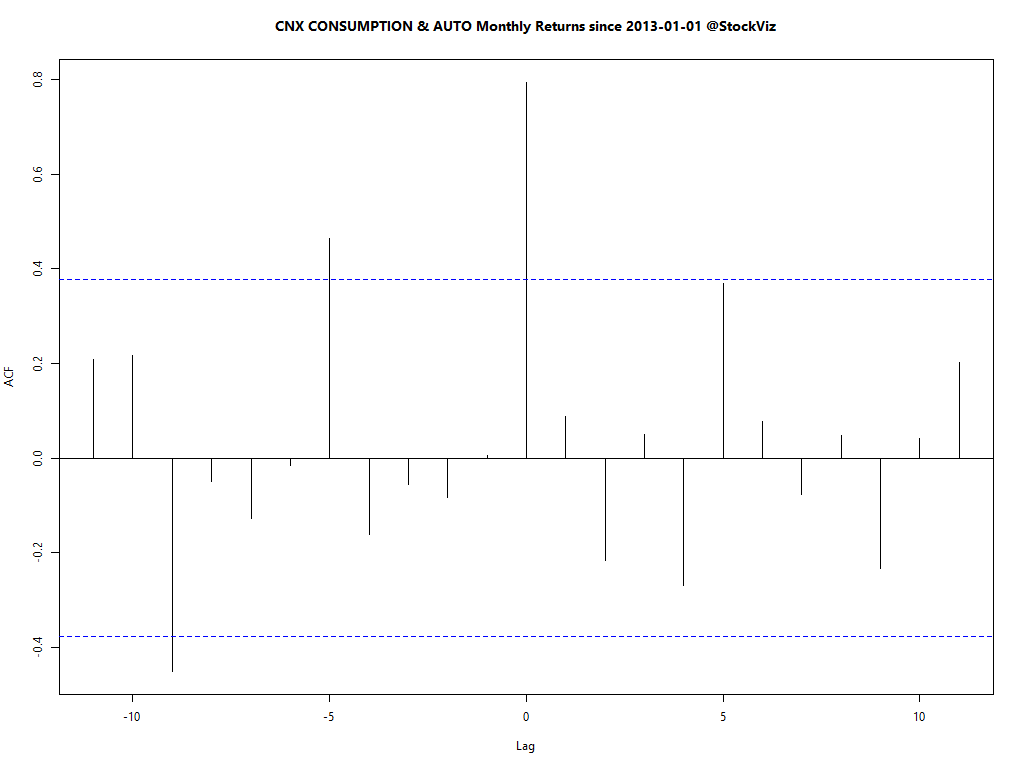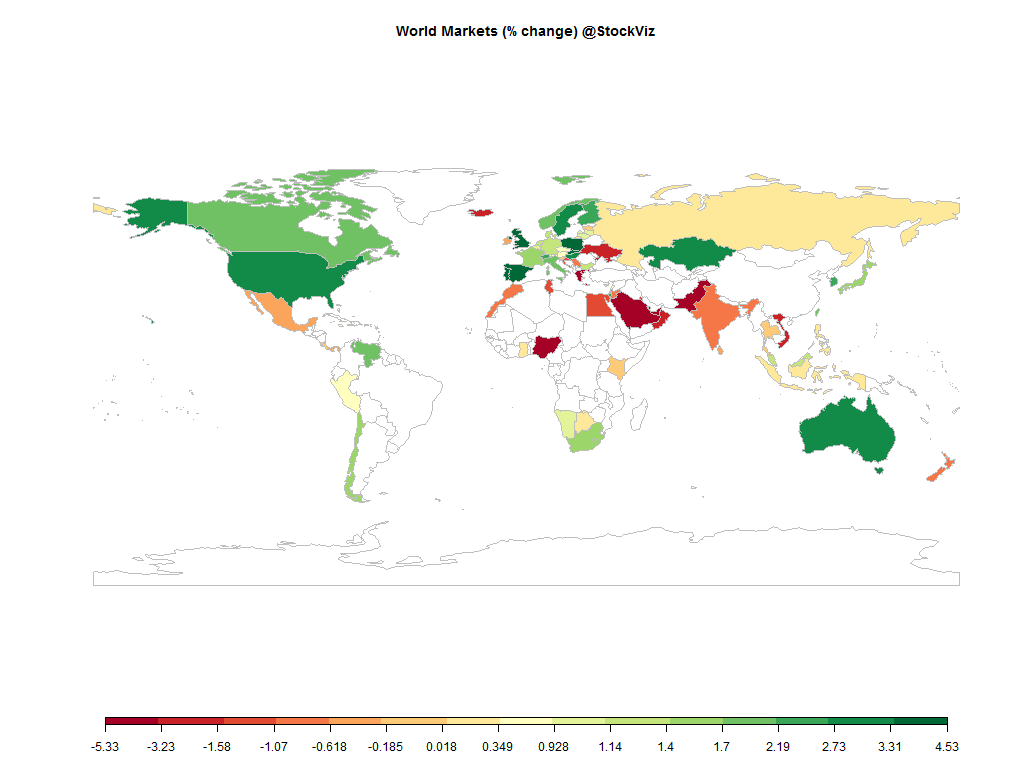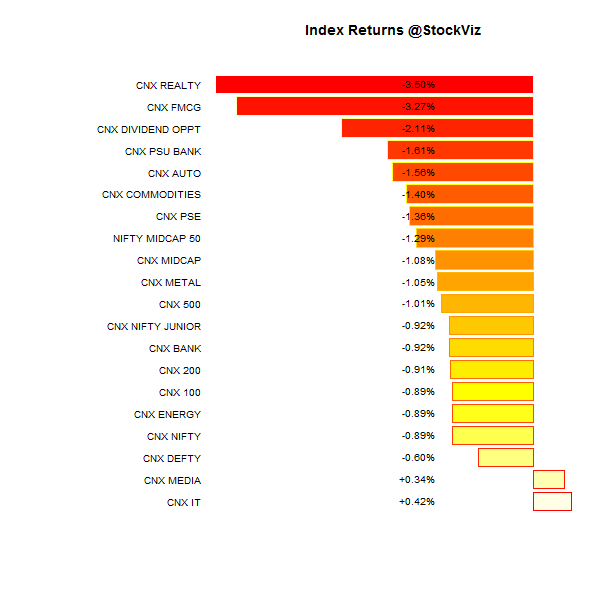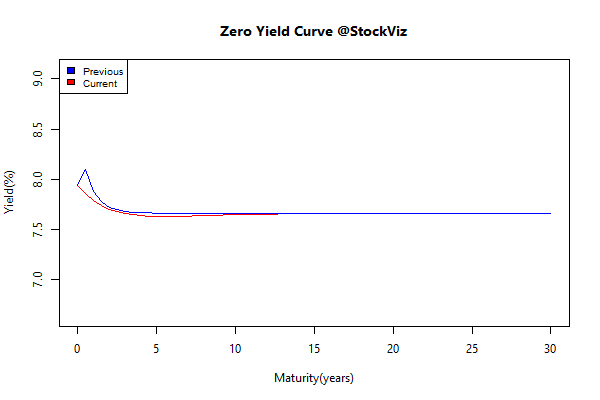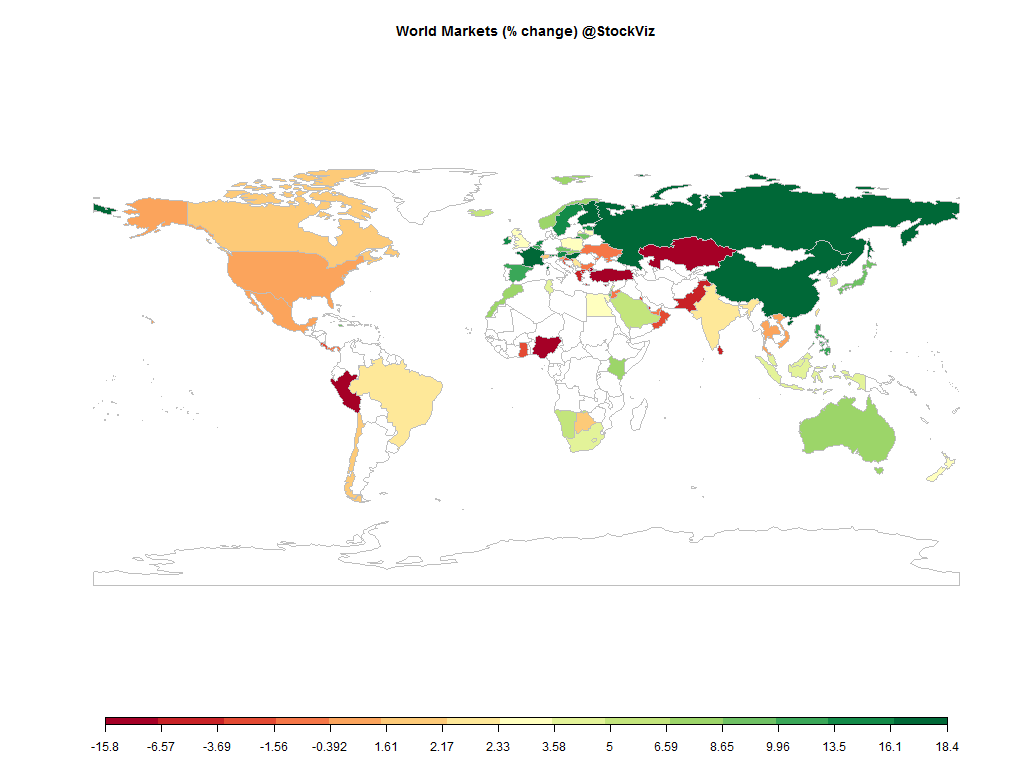
Equities
| MINTs | |
|---|---|
| JCI(IDN) | +4.42% |
| INMEX(MEX) | +1.58% |
| NGSEINDX(NGA) | -8.38% |
| XU030(TUR) | -6.67% |
| BRICS | |
|---|---|
| IBOV(BRA) | +2.29% |
| SHCOMP(CHN) | +17.47% |
| NIFTY(IND) | +2.28% |
| INDEXCF(RUS) | +16.44% |
| TOP40(ZAF) | +4.66% |
Commodities
| Energy | |
|---|---|
| Natural Gas | -10.56% |
| RBOB Gasoline | +23.79% |
| Brent Crude Oil | -3.03% |
| Ethanol | -7.64% |
| Heating Oil | -8.72% |
| WTI Crude Oil | -10.42% |
| Metals | |
|---|---|
| Gold 100oz | -0.07% |
| Palladium | -7.66% |
| Platinum | -5.79% |
| Silver 5000oz | +5.73% |
| Copper | -3.17% |
Currencies
| MINTs | |
|---|---|
| USDIDR(IDN) | +5.09% |
| USDMXN(MEX) | +3.29% |
| USDNGN(NGA) | +8.49% |
| USDTRY(TUR) | +10.93% |
| BRICS | |
|---|---|
| USDBRL(BRA) | +20.28% |
| USDCNY(CHN) | -0.15% |
| USDINR(IND) | -0.87% |
| USDRUB(RUS) | +0.00% |
| USDZAR(ZAF) | +4.56% |
| Agricultural | |
|---|---|
| Cocoa | -3.70% |
| Lean Hogs | -23.73% |
| Lumber | -16.98% |
| Soybean Meal | -9.07% |
| Cattle | -2.64% |
| Coffee (Arabica) | -21.60% |
| Corn | -5.31% |
| Feeder Cattle | -0.42% |
| Orange Juice | -11.80% |
| Sugar #11 | -17.63% |
| White Sugar | -9.27% |
| Coffee (Robusta) | -10.31% |
| Cotton | +3.69% |
| Soybeans | -3.67% |
| Wheat | -12.19% |
Credit Indices
| Index | Change |
|---|---|
| Markit CDX EM | -2.01% |
| Markit CDX NA HY | +1.59% |
| Markit CDX NA IG | -1.99% |
| Markit iTraxx Asia ex-Japan IG | -2.45% |
| Markit iTraxx Australia | -11.70% |
| Markit iTraxx Europe | -12.30% |
| Markit iTraxx Europe Crossover | -79.11% |
| Markit iTraxx Japan | -13.85% |
| Markit iTraxx SovX Western Europe | -4.07% |
| Markit LCDX (Loan CDS) | +0.17% |
| Markit MCDX (Municipal CDS) | +6.37% |
Index Returns
Advance Decline
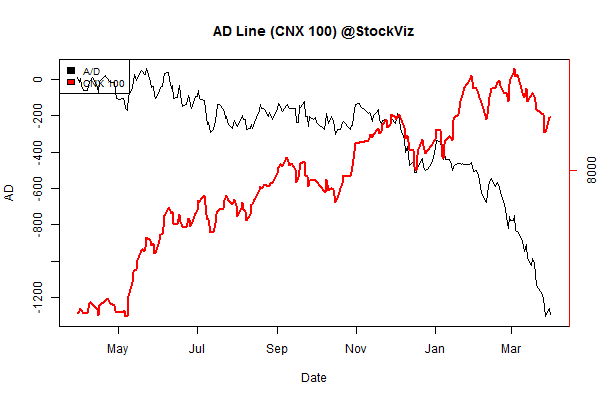
Market Cap Decile Performance
| Decile | Mkt. Cap. | Adv/Decl |
|---|---|---|
| 1 (micro) | -16.75% | 60/74 |
| 2 | -9.15% | 54/79 |
| 3 | -8.44% | 55/78 |
| 4 | -5.13% | 55/78 |
| 5 | -2.03% | 52/81 |
| 6 | +1.01% | 65/68 |
| 7 | +6.19% | 69/64 |
| 8 | +6.27% | 76/57 |
| 9 | +5.97% | 72/61 |
| 10 (mega) | +5.01% | 68/66 |
Top Winners and Losers
ETF Performance
| INFRABEES | +9.96% |
| JUNIORBEES | +4.03% |
| NIFTYBEES | +1.43% |
| GOLDBEES | -2.65% |
| CPSEETF | -3.16% |
| BANKBEES | -4.48% |
| PSUBNKBEES | -19.79% |
Yield Curve
Bond Indices
| Sub Index | Change in YTM | Total Return(%) |
|---|---|---|
| GSEC TB | -0.30 | +2.03% |
| GSEC SUB 1-3 | -0.53 | +1.43% |
| GSEC SUB 3-8 | -0.10 | +2.45% |
| GSEC SUB 8 | -0.19 | +2.27% |
Investment Theme Performance
| Financial Strength Value | +18.69% |
| Low Volatility | +14.57% |
| Next Trillion | +12.92% |
| Momentum | +12.32% |
| ASK Life | +10.93% |
| Media, Health, IT, Telecom, Services, Pharma Quality To Price | +4.56% |
| Auto and Consumer Goods Quality to Price | +3.93% |
| Balance Sheet Strength | +3.06% |
| Tactical CNX 100 | +2.06% |
| CNX 100 Enterprise Yield | +1.06% |
| Quality to Price | +0.62% |
| Magic Formula | -1.63% |
| Textile, Metals, Chemicals, Paper and Energy Quality to Price | -3.34% |
| PPFAS Long Term Value | -3.78% |
| High Beta | -9.78% |
| NSE & BSE Mix | -13.43% |
| ADAG stocks | -15.08% |
Equity Mutual Funds
Bond Mutual Funds
Refactored Indices
Housekeeping
A number of cool things happened on StockViz this quarter:
- We released our Android app. It is plain torture to develop. Hope you find it useful.
- We moved our website to SSL to ensure that your browsing is encrypted.
- We have a tax report that our investors will find useful during filing time. We will soon have tools that will optimize your trades with taxes in mind.
